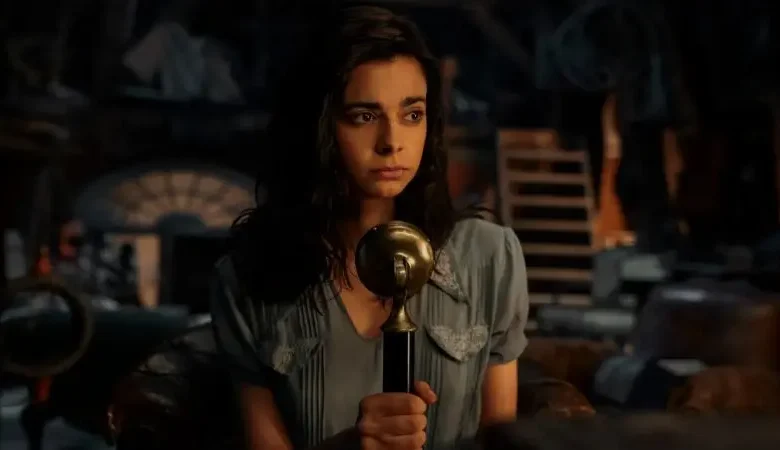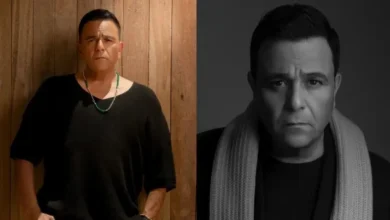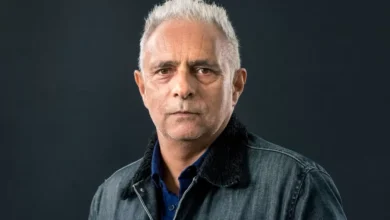All the Light We Cannot See: 5 biggest changes from book to Netflix series

Netflix’s adaptation of the Pulitzer Prize-winning novel, “All the Light We Cannot See,” masterfully condenses a sprawling, multi-decade narrative into a four-part limited series.
Translating the radiant tapestry of Anthony Doerr’s magnum opus, “All the Light We Cannot See,” into a visual medium proved to be a task as intricate as the novel itself.
The elegant prose and expansive story demanded more than a mere two-hour film, prompting director Shawn Levy and writer Steven Knight to envision a four-part limited series for Netflix.
Reflecting on the making of the series, Levy expressed, “I had a feeling that two hours was never going to do justice to such a beautiful, dense novel.”
Despite the extended canvas provided by the series format, several judicious cuts and adjustments were made, honoring the essence of the original work. Here are the five most significant alterations:
Condensed Backstories:
In the series, Marie-Laure’s upbringing with her father in Paris and their escape to Saint-Malo, as well as Werner’s history as a Nazi-recruited orphan with radio skills, are depicted. However, Werner’s backstory, particularly his bond with fellow recruit Fredrick, is notably condensed compared to the book.
Supporting Characters:
The role of characters like Frank “the Giant” Volkheimer, a fellow student turned commanding officer to Werner, is more limited in the series. Frank’s complex character, revealed as more than a simple brute, is explored in the novel but not as extensively in the series. Similarly, Werner’s sister Jutta’s storyline diverges in the series, omitting a violent episode and her eventual encounter with Marie-Laure.
New Faces:
The series introduces several new characters, notably Nazis Captain Mueller and Schmidt, who pose threats to Werner and his mission to protect Marie-Laure. The series also introduces a new character as Reinhold von Rumpel’s mistress, meant to embody the malevolence of the Nazi party.
Madame Manec:
In the series, Madame Manec, played by Marion Bailey, is portrayed as Etienne’s sister, whereas in the book, she is his housekeeper. Both versions depict her involvement in the French resistance, passing messages to the Allied forces. Her death is handled differently in the series, where she dies of a heart attack, as opposed to pneumonia in the book. Additionally, Etienne’s fate is altered in the series, where he meets his demise.
The Ending:
The climax of the series diverges from the novel in significant ways. In both versions, Reinhold von Rumpel seeks the Sea of Flames, believing it may heal him. While in the book, Werner is the one who kills von Rumpel, in the series, Marie-Laure delivers the fatal shot. The series ends with Marie-Laure discarding the Sea of Flames, seemingly breaking its curse, whereas the novel continues beyond this point, delving into darker epilogue storylines. Director Shawn Levy aimed to conclude the series “with a promise of hope,” leading to the omission of some of the bleaker epilogue elements present in the book.
All the Light We Cannot See is available for streaming on Netflix.










